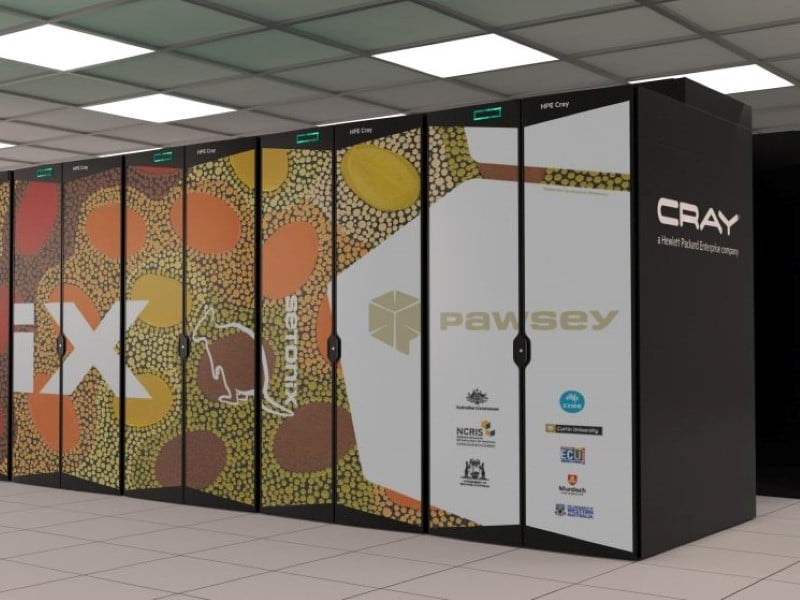Canberra startup Quantum Brilliance and the Pawsey Supercomputing Centre in Western Australia on Monday unveiled a significant milestone in its ongoing quantum computing integration research.
The research partners say the breakthrough demonstrates for the first time a practical path toward incorporating quantum processing into real-world applications.
The collaboration has created a scalable, hybrid system that combines GPU (graphics processing unit), CPU (central processing unit) and quantum processing capabilities.
Led by Dr Pascal Elahi and the Pawsey quantum team, the system uses a Quantum Brilliance virtual Quantum Processing Unit (vQPU) alongside traditional and accelerated computing systems.

The workflow uses Quantum Brilliance’s virtual Quantum Processing Unit (vQPU) alongside traditional and accelerated processors and gives researchers and commercial businesses a pathway to explore new-to-the-world quantum computing applications.
The system is powered by NVIDIA GH200 Grace Hopper Superchips hosted at Pawsey and is designed to be hardware-agnostic, working like a universal adapter to bridge very different computing platforms.
As a universal translator, the hybrid workflow lets different kinds of processors to work together to solve complex problems.
A key feature of the workflow is its ability to communicate with both virtual and physical quantum computers using the same language and method, and to easily integrates with high performance computing clusters by hooking into HPC tools like the SLURM job scheduler (a Linux operating system tool).
This greatly simplifies integration and will accelerate quantum exploration by research groups and eventual adoption across industries.
“What we’ve developed is essentially a conductor for a technological orchestra, where quantum and classical computers can work in harmony to solve complex problems,” said Dr Elahi, Pawsey’s quantum team lead.
“Previous approaches focused on quantum algorithms in isolation, but real-world problems require seamless integration of multiple computing technologies.”
Quantum Brilliance’s vQPU creates a low-barrier entry to quantum computing by realistically emulating the user experience and behaviour of physical quantum processors with tens of qubits.
Unlike physical quantum devices – which are limited in availability – the vQPU is a scalable system that can be deployed in clusters within supercomputing environments.
The emulation lets researchers to test algorithms under conditions that mimic real-world quantum hardware constraints.
“This novel hybrid workflow demonstrates that accelerated computing is key to advancing quantum computing,” said NVIDIA group product manager for quantum computing Sam Stanwyck.
“NVIDIA collaborates with innovators, like Quantum Brilliance and Pawsey Supercomputing Research Centre, to bring us closer to running useful quantum applications.”
Quantum Brilliance vice-president of quantum solutions Andrea Tabacchini said that by successfully integrating our virtual QPU into Pawsey’s workflow, the company demonstrated that quantum computing is not just theoretical but rather is set to become a practical tool for solving real-world problems.
“This dynamic virtual-physical hybrid capability positions Australia at the forefront of quantum and supercomputing convergence, strengthening national infrastructure and quantum technology leadership,” Dr Tabacchini said.
Do you know more? Contact James Riley via Email.

